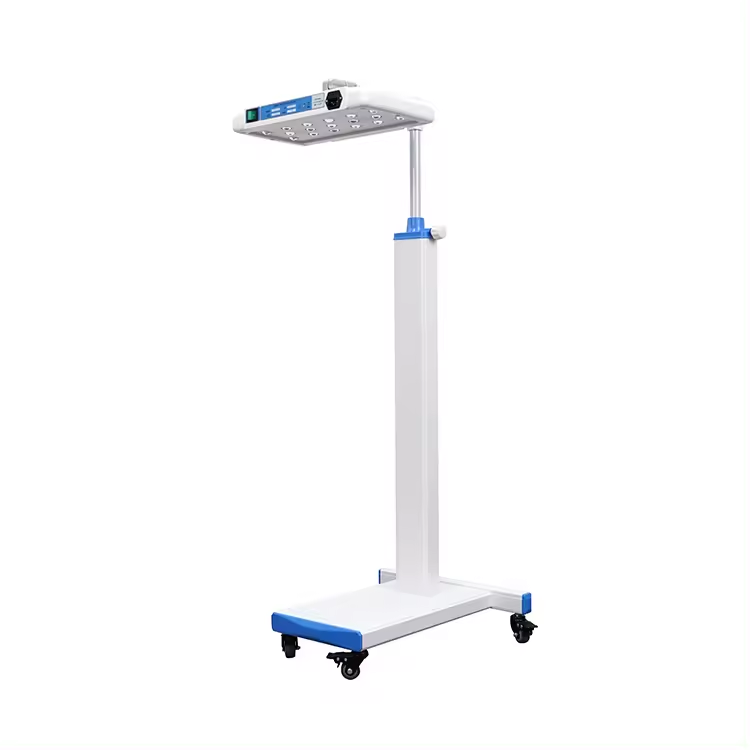Pulse Oximeter
Pulse Oximeter
A pulse oximeter is a non-invasive medical device used to measure the oxygen saturation level (SpO2) in a person’s blood and their heart rate. It is commonly used in various healthcare settings, including hospitals, clinics, and at home, to monitor patients with respiratory or cardiovascular conditions.
Description
Pulse Oximeter
A pulse oximeter is a non-invasive medical device used to measure the oxygen saturation level (SpO2) in a person’s blood and their heart rate. It is commonly used in various healthcare settings, including hospitals, clinics, and at home, to monitor patients with respiratory or cardiovascular conditions.
Features and Functions
- Oxygen Saturation (SpO2) Measurement:
- Indicates the percentage of hemoglobin in the blood that is saturated with oxygen. Normal SpO2 levels typically range from 95% to 100%.
- Heart Rate Monitoring:
- Measures the patient’s pulse rate, usually displayed in beats per minute (BPM).
- Non-Invasive Design:
- Typically clips onto a fingertip, earlobe, or sometimes a toe, making it easy and painless to use.
- Display Screen:
- Provides a digital readout of SpO2 levels and heart rate. Some models have backlit screens for easy reading in various lighting conditions.
- Compact and Portable:
- Small, lightweight design for easy portability and use in different settings, including home monitoring.
- Alarms and Alerts:
- Some models feature alarms to alert the user if SpO2 levels fall below a certain threshold or if the heart rate is too high or too low.
- Battery Operated:
- Typically powered by batteries, allowing for use without the need for a power outlet.
- Additional Features:
- Advanced models may include features such as data logging, Bluetooth connectivity for data transfer to smartphones or computers, and plethysmograph waveforms to provide additional information about blood flow.
Benefits
- Immediate Feedback: Provides real-time information on oxygen saturation and pulse rate, helping in the quick assessment of a patient’s respiratory and cardiovascular status.
- Ease of Use: Simple to operate with minimal training required, making it accessible for both healthcare professionals and laypersons.
- Portability: Can be easily carried and used in various settings, including at home, during travel, or in emergency situations.
- Non-Invasive: Offers a painless and quick way to monitor vital signs without the need for blood samples.
Applications
- Respiratory Conditions: Used to monitor patients with chronic obstructive pulmonary disease (COPD), asthma, pneumonia, and other respiratory illnesses.
- Post-Surgical Recovery: Helps in monitoring oxygen levels and heart rate during recovery after surgery.
- Sleep Studies: Used in sleep apnea evaluations to assess oxygen levels during sleep.
General Health Monitoring: Beneficial for individuals with conditions that may affect oxygen levels, such as heart disease, or for those engaging in high-altitude activities.










































Reviews
There are no reviews yet.